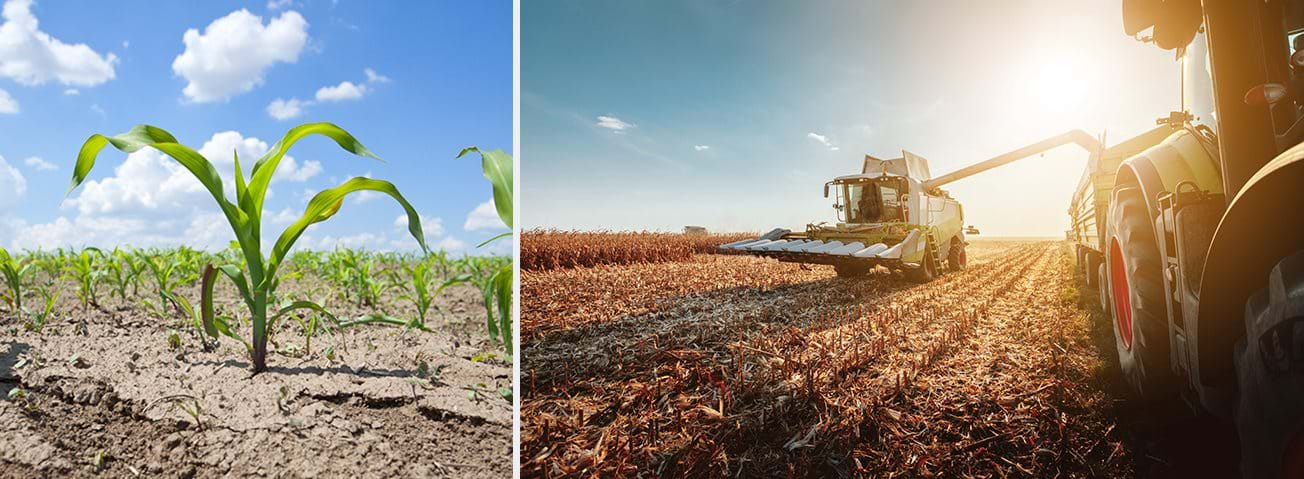Can a genetically engineered crop better withstand environmental stresses as climate change become more new normal.
The precarious food security situation is compounded by skepticism of the adoption of biotechnology, such as genetically engineered crops.
An assistant professor of biochemistry and genetics at Emory University, Deal says most plants have a kind of memory for stress. When experiencing water shortage, for example, plants close the holes in their leaves, called stomata, to reduce water loss from their tissues. This in turn slows photosynthesis and plant growth. If the plants recover and go through a similar situation again, their cells somehow recall what that stress was like, so they’re able to bounce back more rapidly.
Medicago is able to turn off its stress response much faster after drought eases — in a matter of hours versus days. As a result, it can recover more quickly and begin growing again as soon as better conditions arrive.
Climate change is one of the most important environmental stresses affecting the productivity of most field crops.
Drought resistance is regulated by numerous small-effect loci and hundreds of genes that control various morphological and physiological responses to drought.
Elucidation of the complex mechanisms underlying drought resistance in crops will accelerate the development of new varieties with enhanced drought resistance.

Concerns – Genetic alterations could cross with other species and upset ecosystems. additional concern include: the capability of the GMO to escape and potentially introduce the engineered genes into wild populations; the persistence of the gene after the GMO has been harvested; the susceptibility of non-target organisms (e.g. insects which are not pests) to the gene product; the stability of the gene.
Crop genetically engineered for drought tolerance is already on the market in the United States: a corn variety called DroughtGard
Bayer – DroughtGard – Drought-tolerant biotechnology trait for corn, DroughtGard® Hybrids products are designed to help corn plants resist drought stress
USDA – Drought-Tolerant Corn in the United States: Research, Commercialization, and Related Crop Production Practices
Another crop at the forefront of this new arena of GMO research is soybeans.
Developed by Deborah Chan, a biochemist at the National University of Litoral in Santa Fe, Argentina, the new variety contains a gene from a naturally drought-resistant sunflower.
At the University of Cape Town in South Africa, researchers are studying Myrothamnus flabellifolius, a so-called “resurrection” plant that can bounce back from total water deprivation. Through genetic modification, they hope to bring this quality to teff, an important native African grain that is high in protein. Scientists at Technion–Israel Institute of Technology and the University of California, Davis, accomplished something similar with tobacco, while also extending its growing season.
GMO technology to boosting drought resistance could be an important addition to the toolkit humans can use to adapt to climate change, which is expected to cause longer and more frequent droughts in many of the world’s important food-growing regions.
